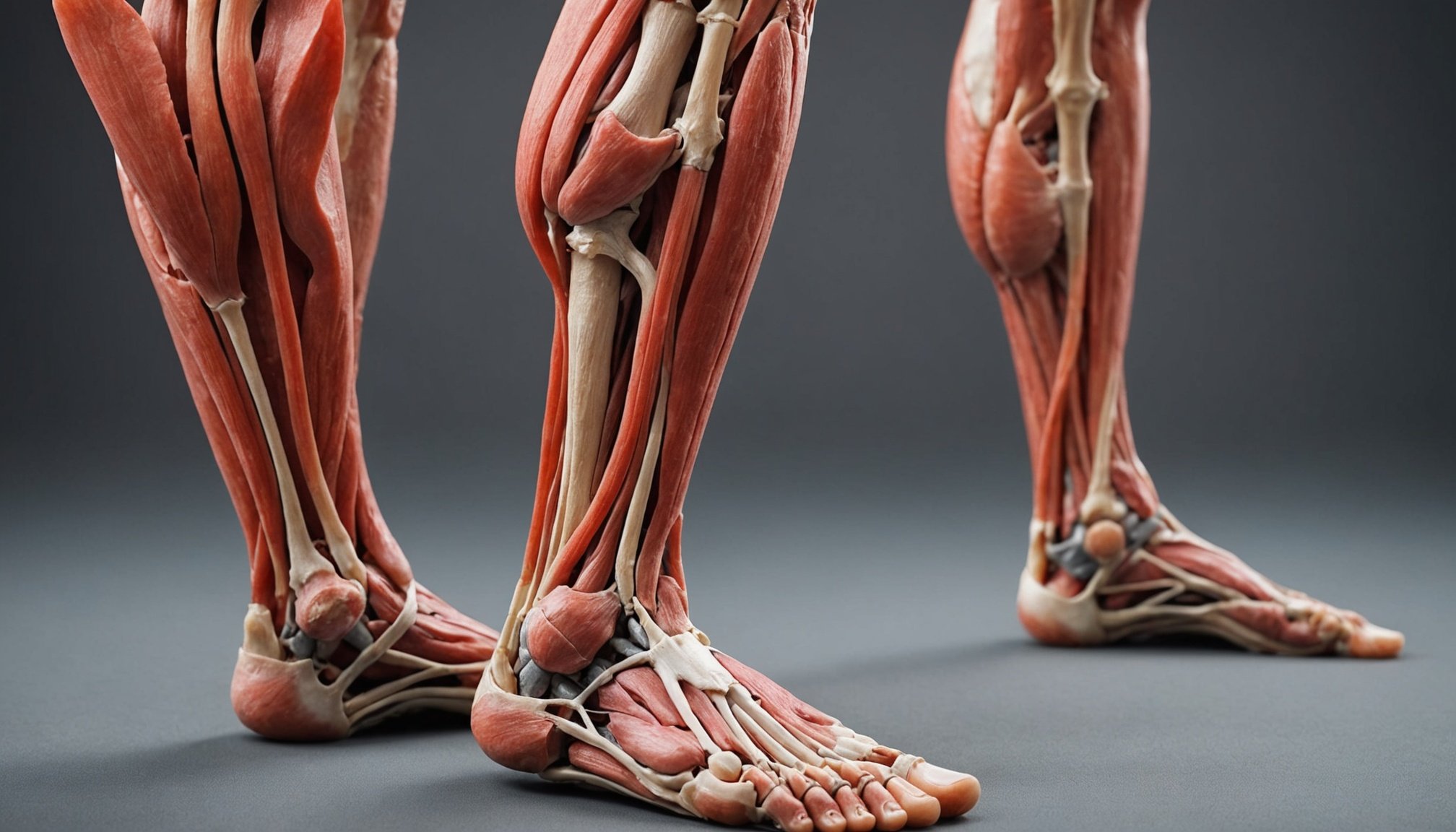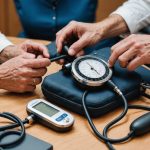Overview of Platelet-Rich Plasma Therapy
Platelet-Rich Plasma (PRP) therapy has emerged as a significant innovation in the treatment of various injuries, particularly within sports medicine. PRP therapy involves using a concentration of platelets derived from a patient’s blood to accelerate healing. This is achieved by extracting blood, processing it to increase the platelet count, and subsequently injecting it into the injured area. The concentrated platelets release growth factors that promote tissue repair.
Historically, the use of PRP therapy traces back to the late 20th century, where its potential in enhancing tissue recovery was first recognised. Over time, its application expanded beyond its initial surgical uses to address conditions like chronic tendon injuries. These types of injuries, which often plague athletes, have particularly benefited from the therapy due to improved recovery times and reduced pain.
Also to read : Unlocking Strength: How High-Protein Diets Combat Sarcopenia in Seniors
In sports medicine today, PRP therapy is widely adopted as it offers a solution for conditions that have traditionally seen slow healing processes. As this treatment continues to evolve, it is gaining traction for its non-invasive approach and minimal recovery time. Current trends suggest that its applications may continue to broaden, paving the way for more comprehensive treatment strategies.
Mechanisms of Action
Understanding the healing mechanisms of Platelet-Rich Plasma (PRP) is essential for appreciating its potential in medical therapy. PRP’s function revolves around enhancing the body’s natural healing process, especially at the cellular level. The healing mechanisms involve concentrating platelets, which release an array of growth factors and cytokines.
Additional reading : Unlocking Serenity: The Transformative Power of Mind-Body Practices for Chronic Stress Relief
These growth factors play a pivotal role by stimulating cell proliferation, promoting angiogenesis, and modulating inflammation, all critical in tendon healing. When PRP is injected into injured areas, these factors orchestrate a well-regulated healing response, accelerating tissue regeneration and repair.
Cytokines, on the other hand, act as signaling molecules, further enhancing the body’s healing capacity by recruiting other cells necessary for tissue repair. This precision in promoting regeneration at a molecular level distinguishes PRP from conventional treatments, which may not localize healing inputs as effectively.
In comparing PRP to traditional therapies, PRP offers a targeted approach with minimal side effects. Conventional treatments often involve pharmaceuticals that might not stimulate the body’s intrinsic healing pathways as PRP does. The personalized healing strategy of PRP positions it as an advanced therapeutic option for tendon healing and various other tissue injuries.
Efficacy of PRP Therapy
Platelet-Rich Plasma (PRP) therapy is gaining attention for its potential benefits, but how effective is it really? Let’s dive into the summary of scientific studies to understand the evidence behind this treatment.
Summary of Scientific Studies
PRP studies have provided varying results, yet many highlight the therapy’s promise. Numerous clinical trials suggest improvements in tissue healing and pain reduction among patients undergoing PRP therapy. For instance, a significant percentage of patients report enhanced mobility and decreased discomfort. These outcomes contribute to the overall effectiveness of PRP therapy in managing conditions like tendinitis and osteoarthritis.
Comparative Effectiveness
When compared to treatments such as steroid injections, PRP therapy sometimes shows superior clinical outcomes. While steroids offer quick, short-term relief, PRP might lead to more sustainable results, with patients experiencing longer-lasting benefits. This comparison underscores the potential effectiveness of PRP as a favourable alternative for chronic conditions.
Varied Responses Among Patients
Interestingly, PRP therapy doesn’t yield identical results for everyone. Some patients showcase remarkable progress while others note minimal change. Factors like the severity of the condition, overall health, and individual healing capabilities can influence these varied patient responses to PRP. Understanding these factors can guide prospective patients to make informed decisions.
Types of Tendon Injuries Treated
Tendon injuries are a subset of soft tissue injuries often addressed through various medical interventions, including platelet-rich plasma (PRP) therapy. This treatment is effective for certain common tendon injuries that frequently benefit from PRP applications.
Common Types of Tendon Injuries
Among the injuries suitable for PRP indications are Achilles tendonitis and rotator cuff injuries. Tendonitis in these areas involves inflammation and degeneration due to repetitive strain or acute trauma. PRP therapy targets these injuries by potentially accelerating the healing process through concentrated growth factors found in platelet-rich plasma.
Specific Conditions
-
Achilles tendonitis: This affects the tendon connecting the calf muscles to the heel bone, typically seen in athletes or individuals who engage in activities with repetitive stress on the lower legs.
-
Rotator cuff injuries: These involve a group of muscles and tendons stabilising the shoulder. Prone to injuries from repetitive overhead motions, this condition is common among athletes and older adults.
Patient Demographics
Individuals most likely to benefit from PRP therapy are athletes, both amateur and professional, involved in sports that exert repetitive stress on joints and tendons. Additionally, older adults experiencing age-related degeneration of tendons might find PRP therapy beneficial for promoting tendon repair and enhancing quality of life.
Potential Benefits and Risks
When considering Platelet-Rich Plasma (PRP) therapy, it’s crucial to weigh the benefits against the risks and potential side effects.
Advantages of PRP Therapy
PRP therapy is renowned for its ability to promote healing and reduce recovery time. This is particularly beneficial for athletes and patients with chronic injuries. It leverages the body’s natural healing process by concentrating platelets in damaged areas, which can accelerate tissue repair. The therapy can often result in reduced inflammation and pain, providing a non-surgical solution for various conditions.
Understanding Risks
Despite its advantages, PRP therapy does come with certain risks. Patients may experience side effects such as localized pain, swelling, or bleeding at the injection site. There’s also the potential for infection if the procedure is not carried out under sterile conditions. Additionally, the effectiveness can vary, depending on the individual’s health status.
Expert Opinions on Safety
Medical experts emphasize that while PRP is generally safe, it should be conducted by qualified professionals to minimize risks. They recommend a thorough evaluation of the patient’s medical history to ensure suitability for the treatment. Experts agree that the benefits of PRP should be carefully considered alongside its potential side effects to make a well-informed decision.
Patient Testimonials and Case Studies
Real-life insights shape treatment decisions significantly. Patient experiences offer invaluable perspectives that are crucial for anyone considering PRP treatments. These firsthand accounts provide a glimpse into the process and outcomes, enabling prospective patients to make informed choices.
Analyzing detailed case studies sheds light on how PRP treatments have been applied successfully. In one instance, a patient suffering from chronic knee pain reported remarkable improvement after several sessions. This example illustrates the potential of PRP in enhancing joint function and alleviating pain.
Understanding patient satisfaction is pivotal as it reflects the real-world effectiveness of PRP outcomes. One case highlighted a patient who, post-treatment, experienced significantly reduced hair loss. Not only did this boost their confidence, but also underscored PRP’s versatility.
These testimonials and case studies provide practical insights and reassurance. They depict a clear narrative of how PRP outcomes can vary widely yet generally result in positive change. Whether it’s joint pain relief or dermatological improvements, patient feedback paints a detailed picture of expectations versus reality. For those contemplating PRP, tapping into these experiential narratives can offer guidance and bolster decision-making confidence.
Recovery Timelines and Rehabilitation
Understanding recovery timelines after Platelet-Rich Plasma (PRP) therapy is essential for setting realistic expectations and planning an effective rehabilitation regime. While individual experiences may vary, some general guidelines can help you navigate this process.
Typical Recovery Expectations
On average, recovery timelines following PRP therapy can span several weeks to a few months. Generally, patients begin to notice improvements in pain and function within four to six weeks. However, full recovery might take up to three months, especially in cases involving severe injuries or chronic conditions. It’s crucial to maintain realistic expectations and follow medical advice closely.
Post-PRP Rehabilitation Strategies
Effective rehab protocols are vital for optimizing recovery. Engaging in a combination of physical therapy, rest, and gradual return to activity can greatly enhance healing. Consulting with rehabilitation specialists ensures a tailored approach, accommodating specific needs and injury types. Key strategies might include strength training, flexibility exercises, and gradual load-bearing activities.
Factors Affecting Recovery Duration
Recovery durations are influenced by factors such as the extent of the injury, the individual’s overall health, and adherence to prescribed rehabilitation plans. Variables like age, lifestyle, and existing medical conditions also play a significant role. By acknowledging these factors, you can proactively manage your recovery journey, prevent potential setbacks, and foster a smoother healing process.










